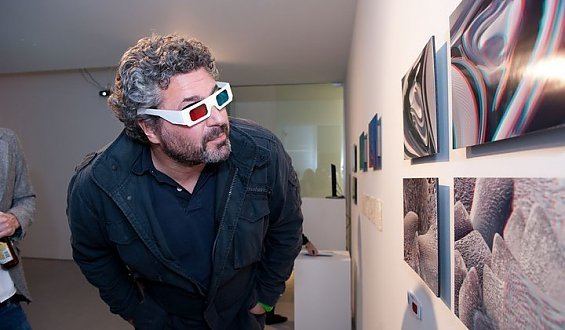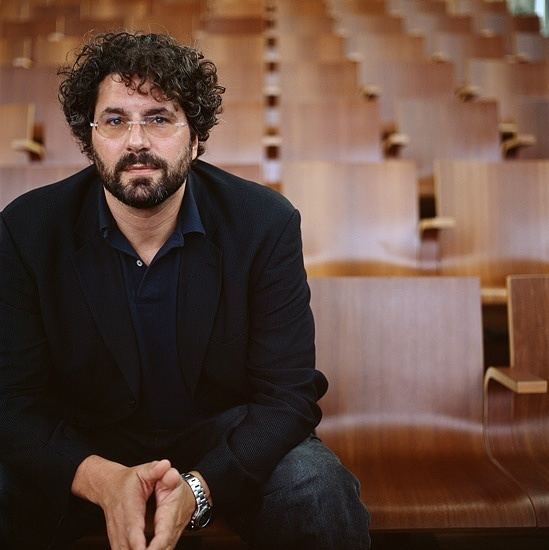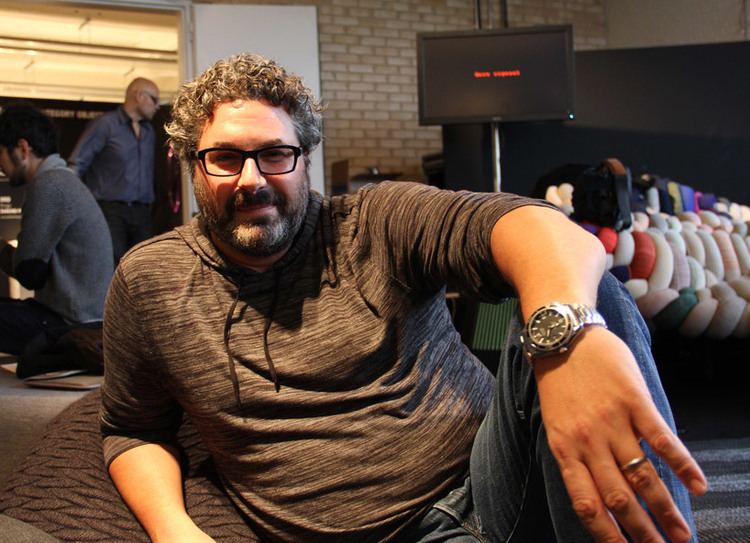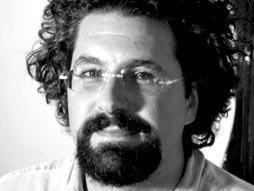Name Greg Lynn | Role Artist | |
 | ||
Artwork Embryologic House (model) Education | ||
Greg lynn iaac lecture series 2015 opening lecture
Greg Lynn (born 1964) is owner of the Greg Lynn FORM office, an o. Univ. Professor of architecture at University of Applied Arts Vienna and a studio professor at the UCLA School of the Arts and Architecture. He was the winner of the Golden Lion at the 2008 Venice Biennale of Architecture. In 2010 Lynn was named a Fellow by United States Artists.
Contents

Studio greg lynn
Life and works

Lynn was born in North Olmsted, Ohio, and claims always to have wanted to be an architect. "When I was twelve, I could already construct perspective drawings and draw axonometric projections," says Lynn. "In high school, someone taught drafting and in the first day of class they saw that I could do all these constructed drawings. I started picking oddly-shaped objects like threaded combs and I would try to draw them in two-point perspective. I got into drawing as a kind of sport." Lynn graduated cum laude from Miami University (OH) with degrees in Architecture and Philosophy, and Princeton University with a Master of Architecture. He is distinguished for his use of computer-aided design to produce irregular, biomorphic architectural forms, as he proposes that with the use of computers, calculus can be implemented into the generation of architectural expression. Lynn has written extensively on these ideas, first in 1993 as the Editor of an AD Special Issue called “Folding in Architecture”. In 1999, his book “Animate FORM”, funded in part by the Graham Foundation focused on the use of animation and motion graphic software for design. In “Folds, Bodies & Blobs: Collected Essays” is the republished essay from ANY Magazine “Blobs, or Why Tectonics is Square and Topology is Groovy” for which he is credited with coining the term ‘blob architecture’ later to become ‘blobitecture’ popularized in a weekly Sunday New York Times article “ON LANGUAGE: Defenestration” by the late William Safire. The recent book “Greg Lynn FORM”, edited by Mark Rappolt, includes contributions by his colleagues, collaborators and critics including Ross Lovegrove, Jeffrey Kipnis, Chris Bangle, Sylvia Lavin, Imaginary Forces, Peter Schröder, Bruce Sterling and J. G. Ballard. Along with Hani Rashid, Jesse Reiser and Stan Allen, he was one of the earliest teachers to explore the use of the digital technology for building design and construction when he was teaching the ‘Paperless Studios’ started while Bernard Tschumi was Dean at Columbia Graduate School of Architecture, Planning and Preservation (GSAPP) from 1992–1999. He was the Professor of Spatial Conception and Exploration at the ETH Zurich Faculty of Architecture (ETHZ) from 1999–2002 and was the Davenport Visiting Professor at the Yale School of Architecture from 1999-2016.

Lynn's New York Presbyterian Church in Queens, New York, with Douglas Garofalo, Michael McInturf is an early project which used vector-based animation software in its design conception. He was profiled by Time Magazine in their projection of 21st century innovators in the field of architecture and design.

Lynn's latest works begin to explore how to integrate structure and form together as he discovered some biomorphic forms are inherently resistant to load. He often experiments with methods of manufacturing from aerospace, boat building and automobile industries in his installations such as Swarovski Crystal Sails and HSBC Designers Lounge for 2009 Design Miami, “Bubbles in the Wine” installation at the Grimaldi Forum in Monaco, 1999 Predator Installation at Wexner Center for the Arts with Fabian Marcaccio, and in his industrial design projects like the super formed titanium Alessi Tea and Coffee Towers of 2003 and the Vitra Ravioli Chair. Working with Panelite his studio invented a hollow plastic brick called the Blobwall and using an upcycling approach to design and materials is repurposing children’s toys as the building bricks for Toy Furniture and a Fountain at the Hammer Museum by scanning rotomolded plastic toys, composing them on a computer, cutting them with a 5 axis CNC router and assembling them into welded monolithic objects. The Bloom House includes curvaceous interior elements and windows built in plastics, fiberglass and wood all using this software and CNC controlled machines for its fabrication.
